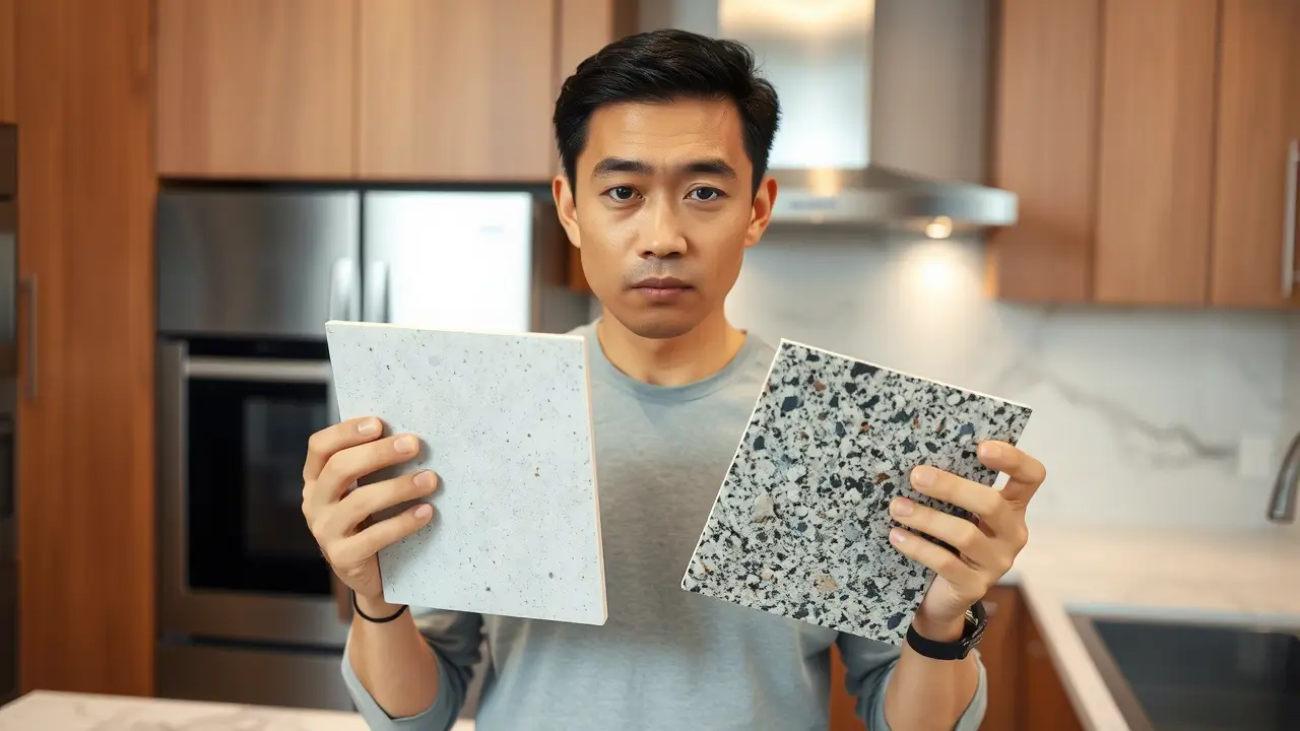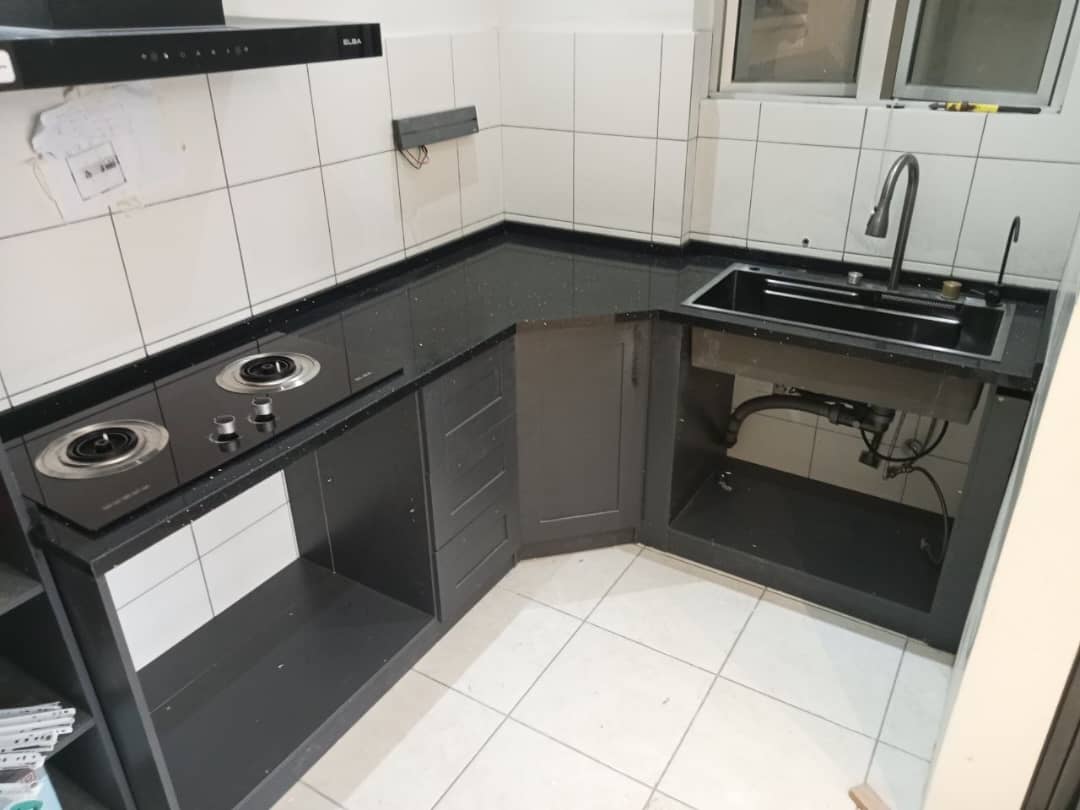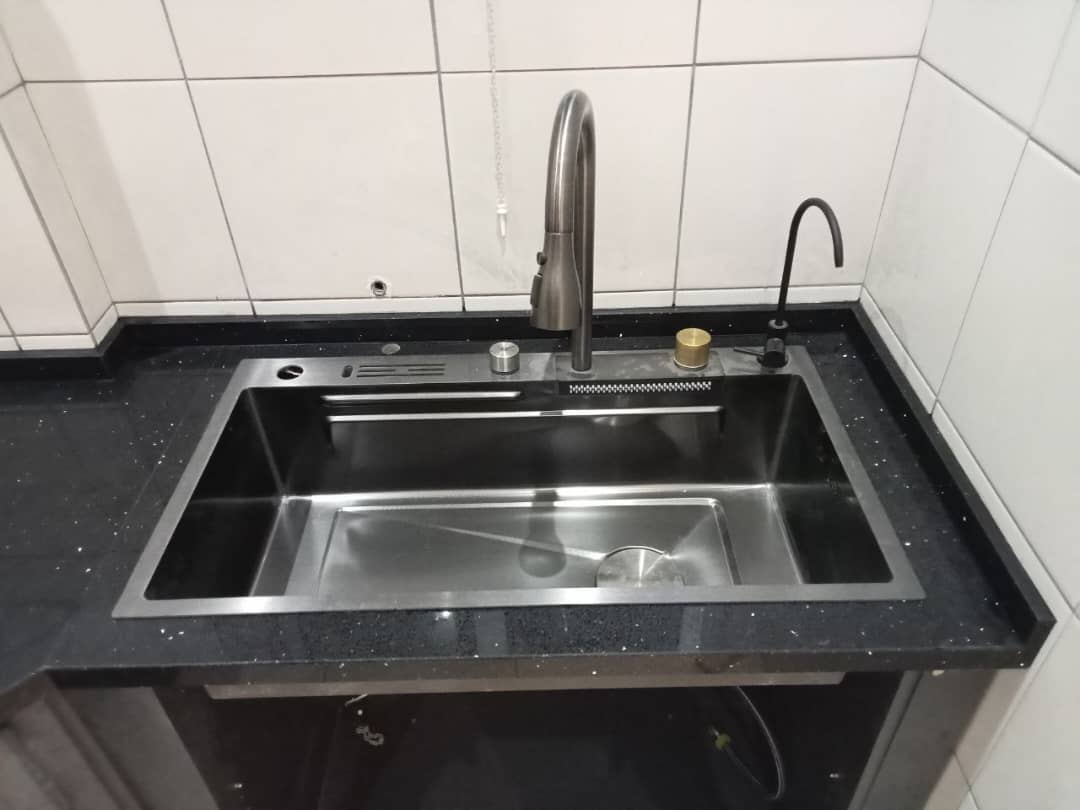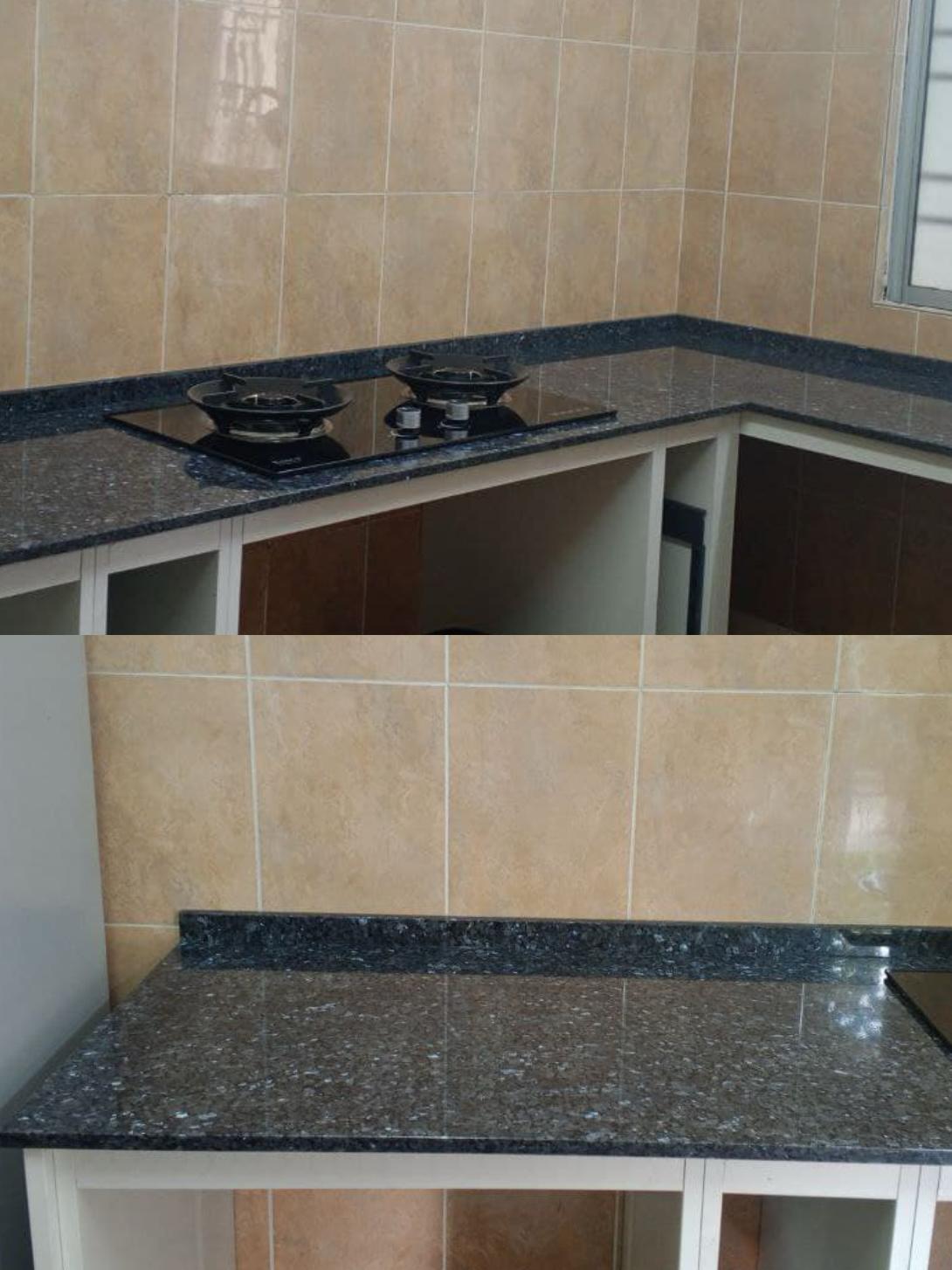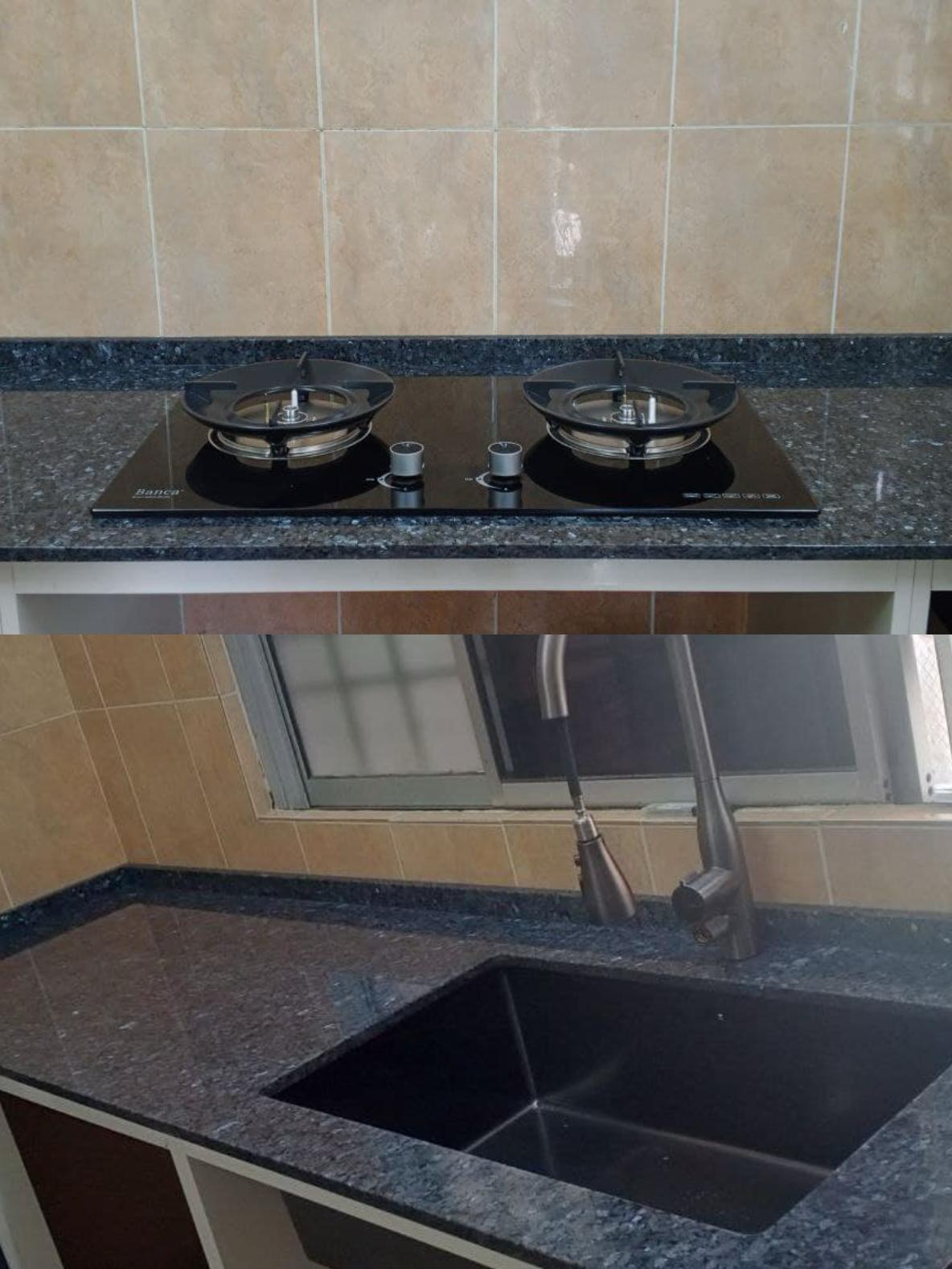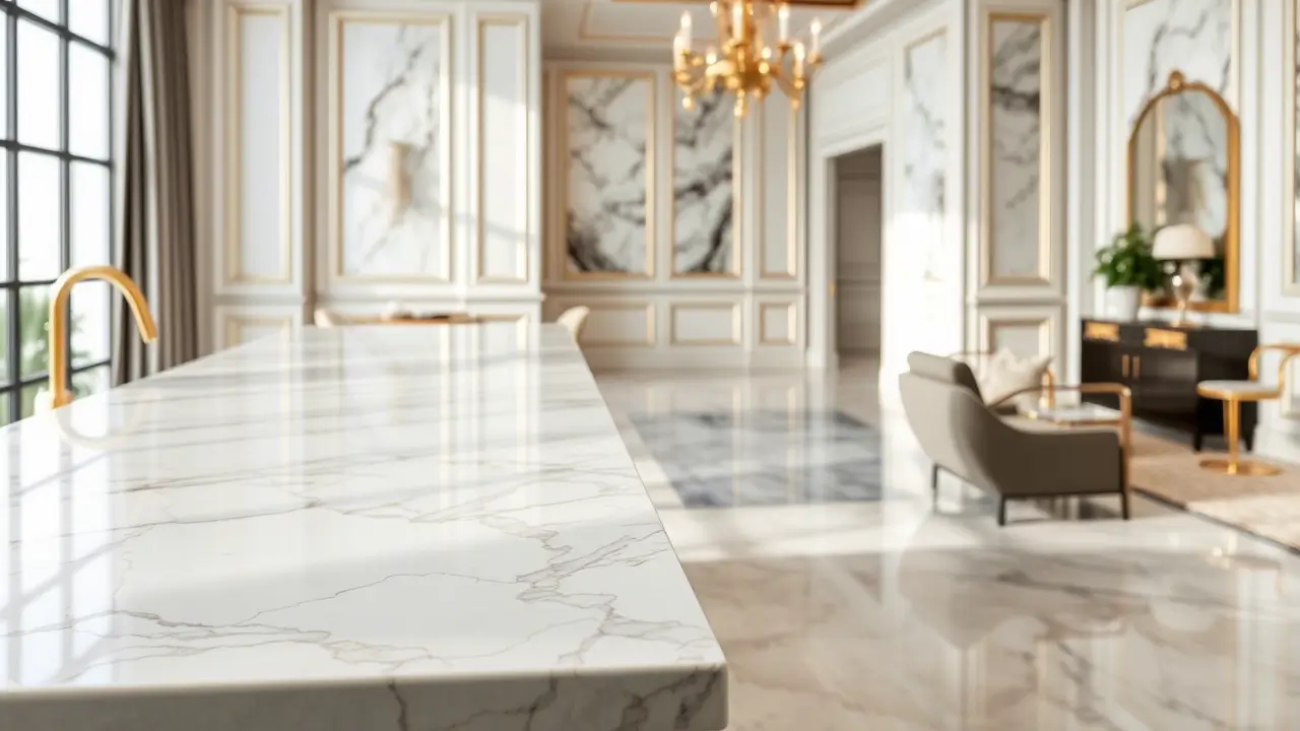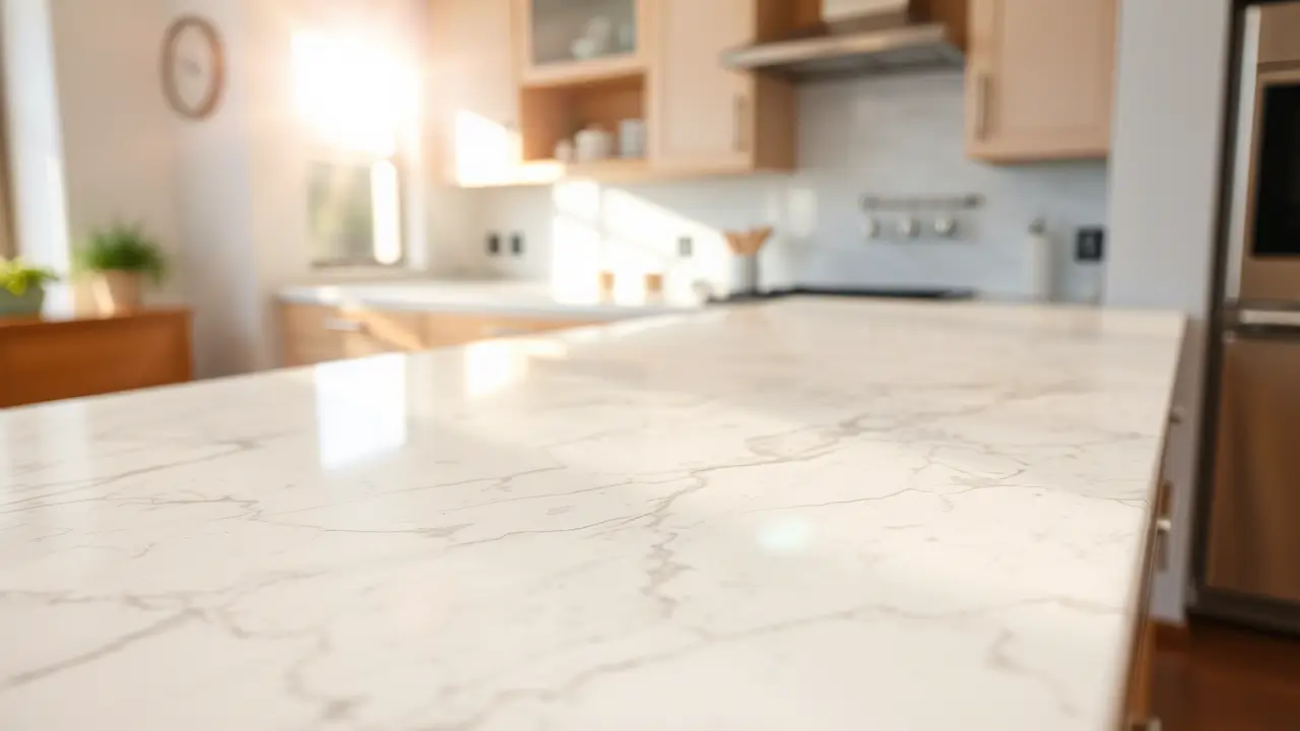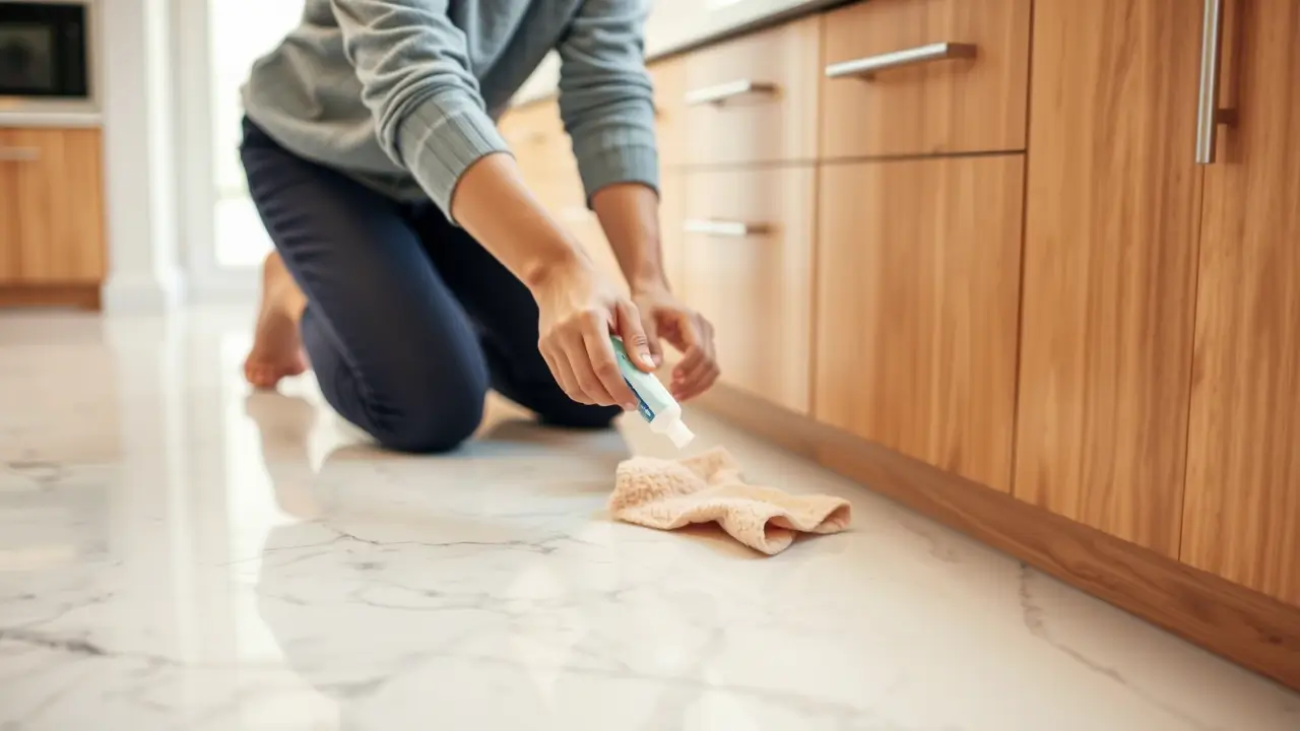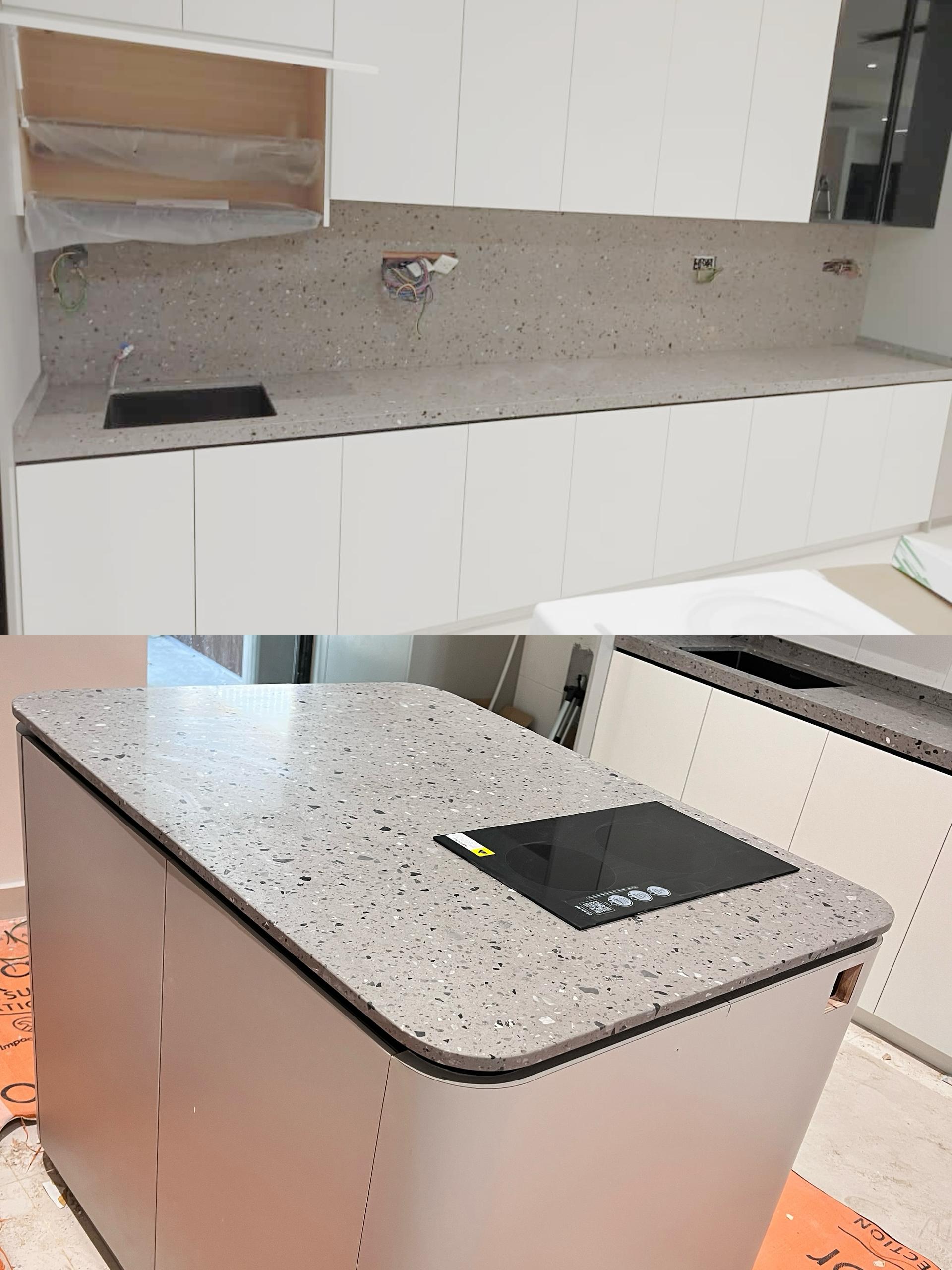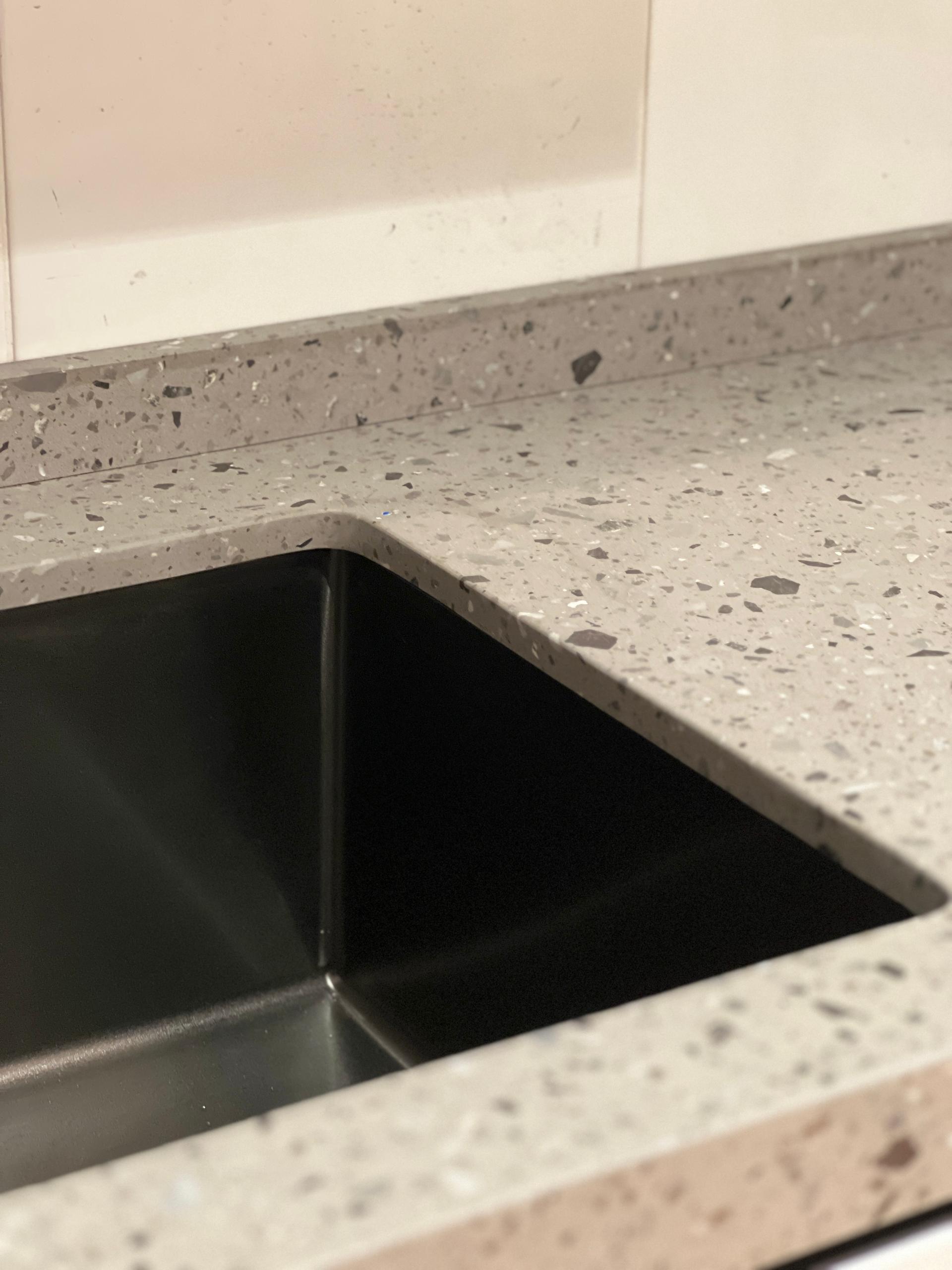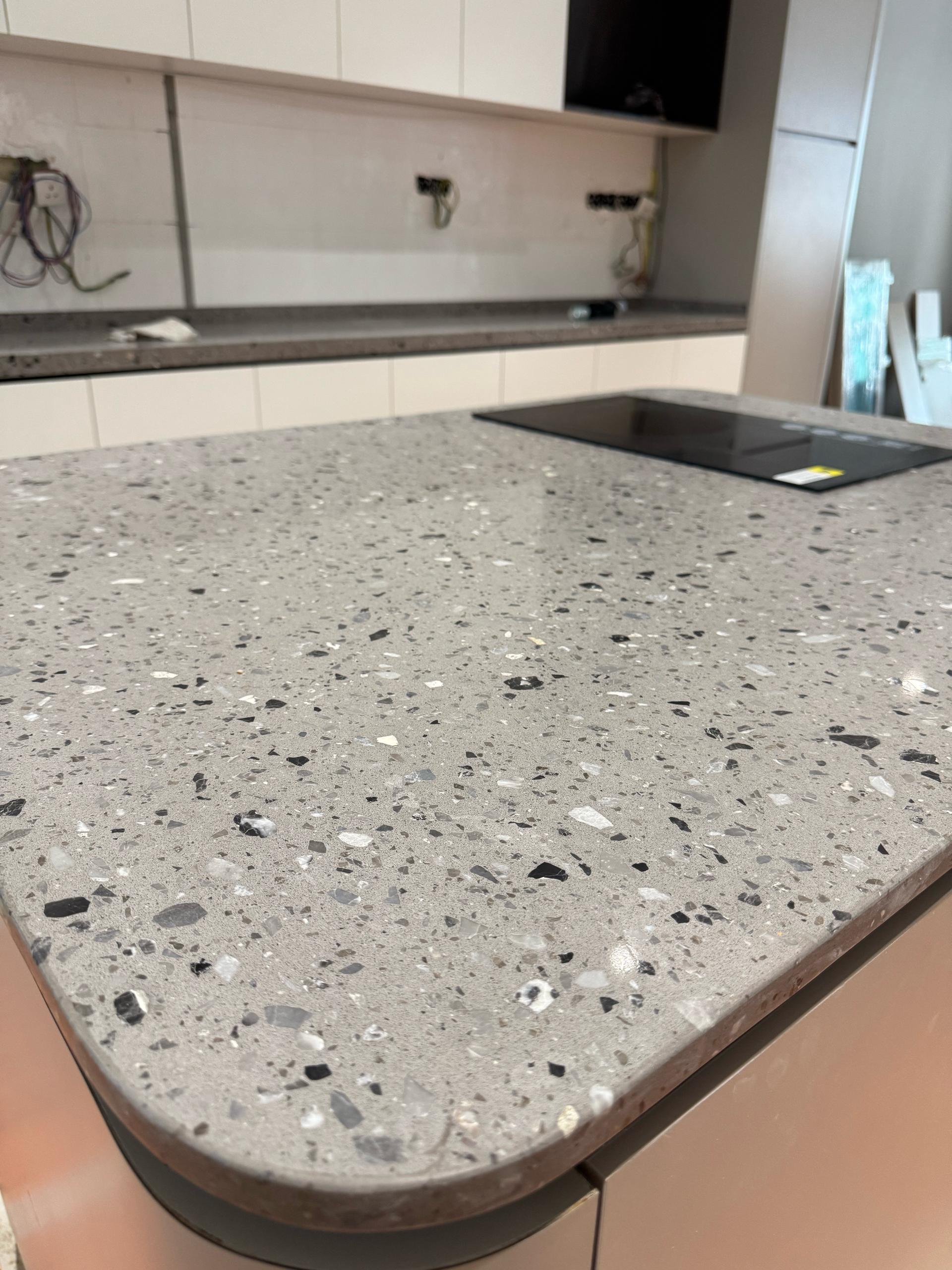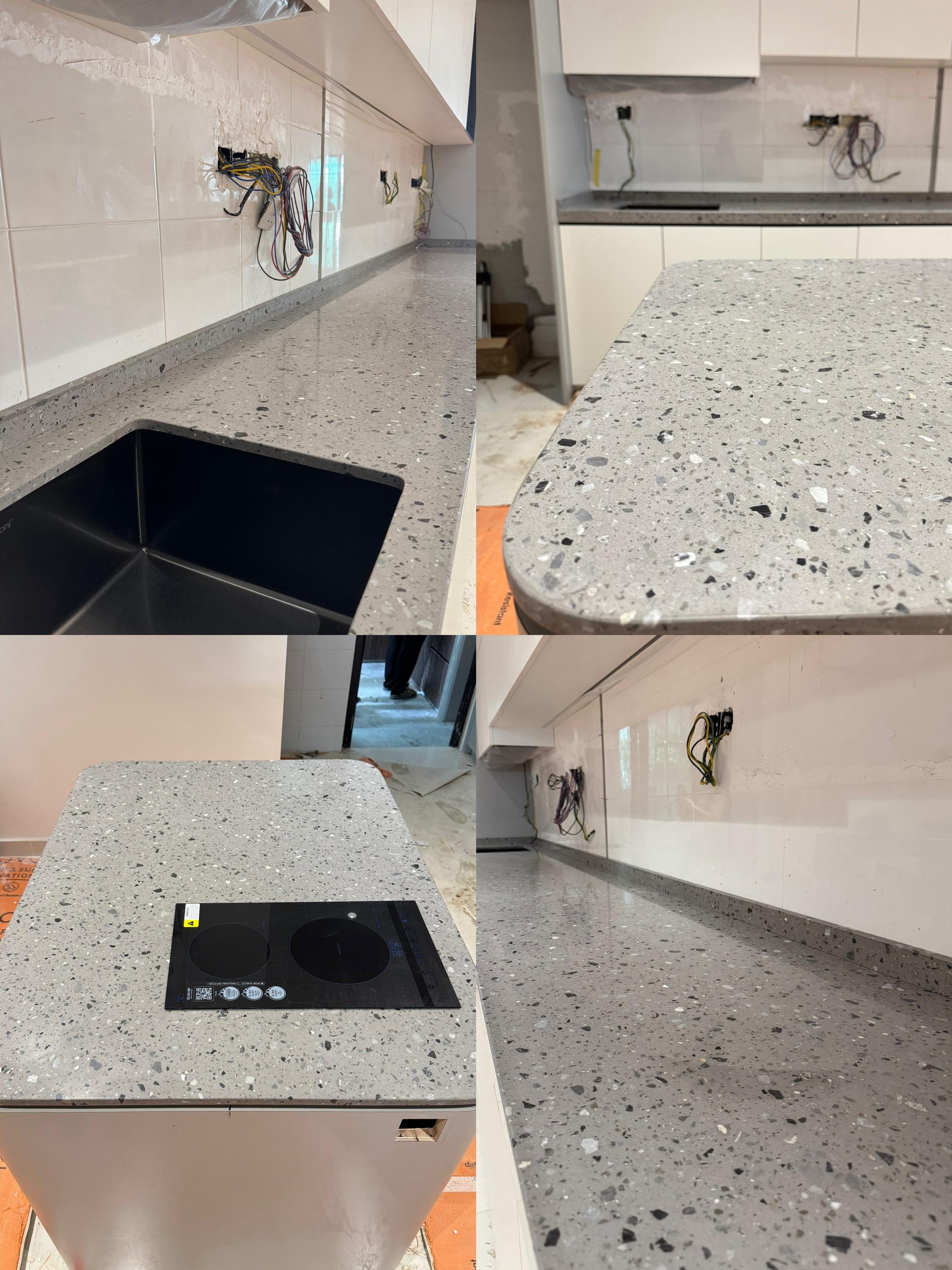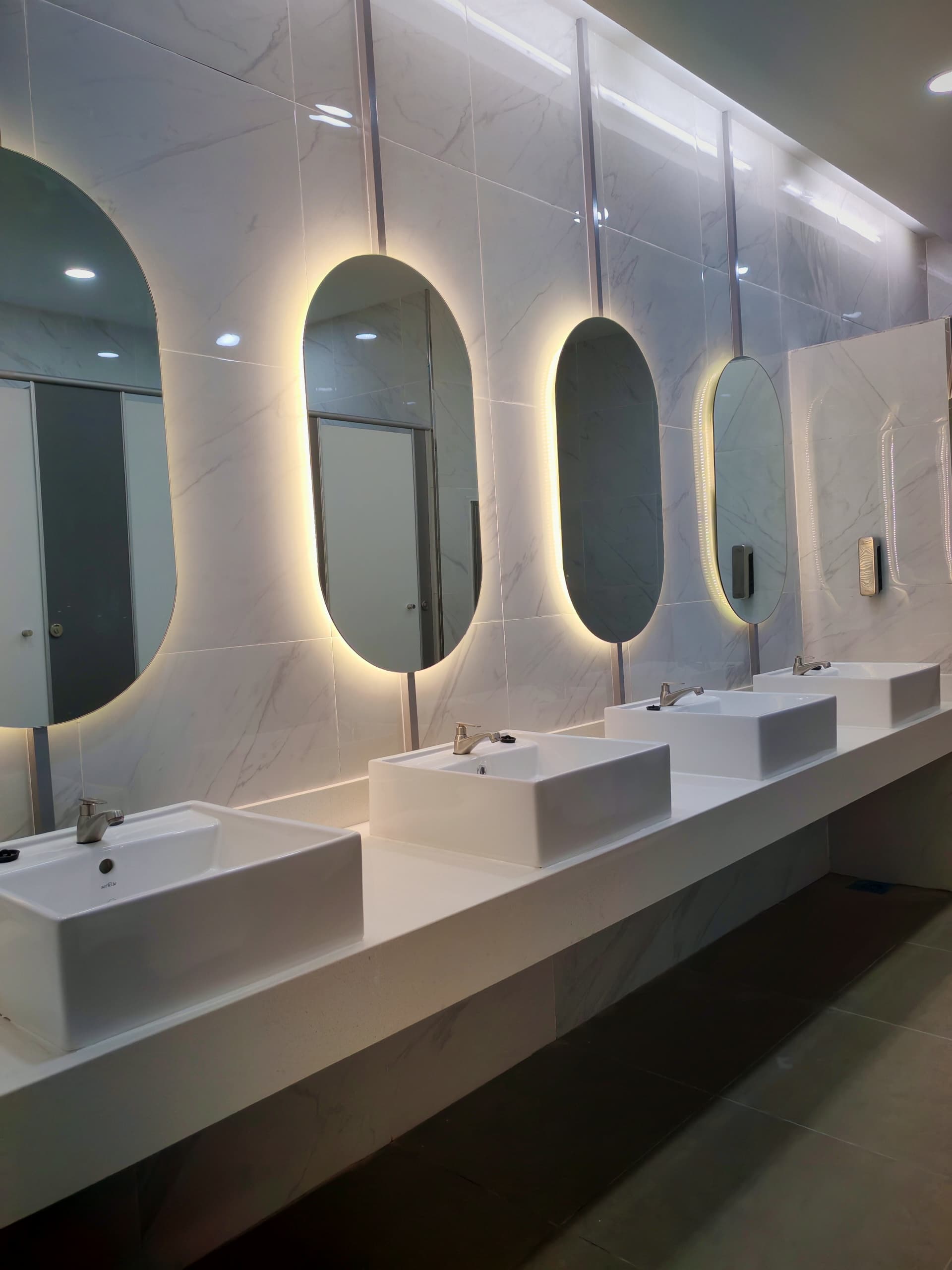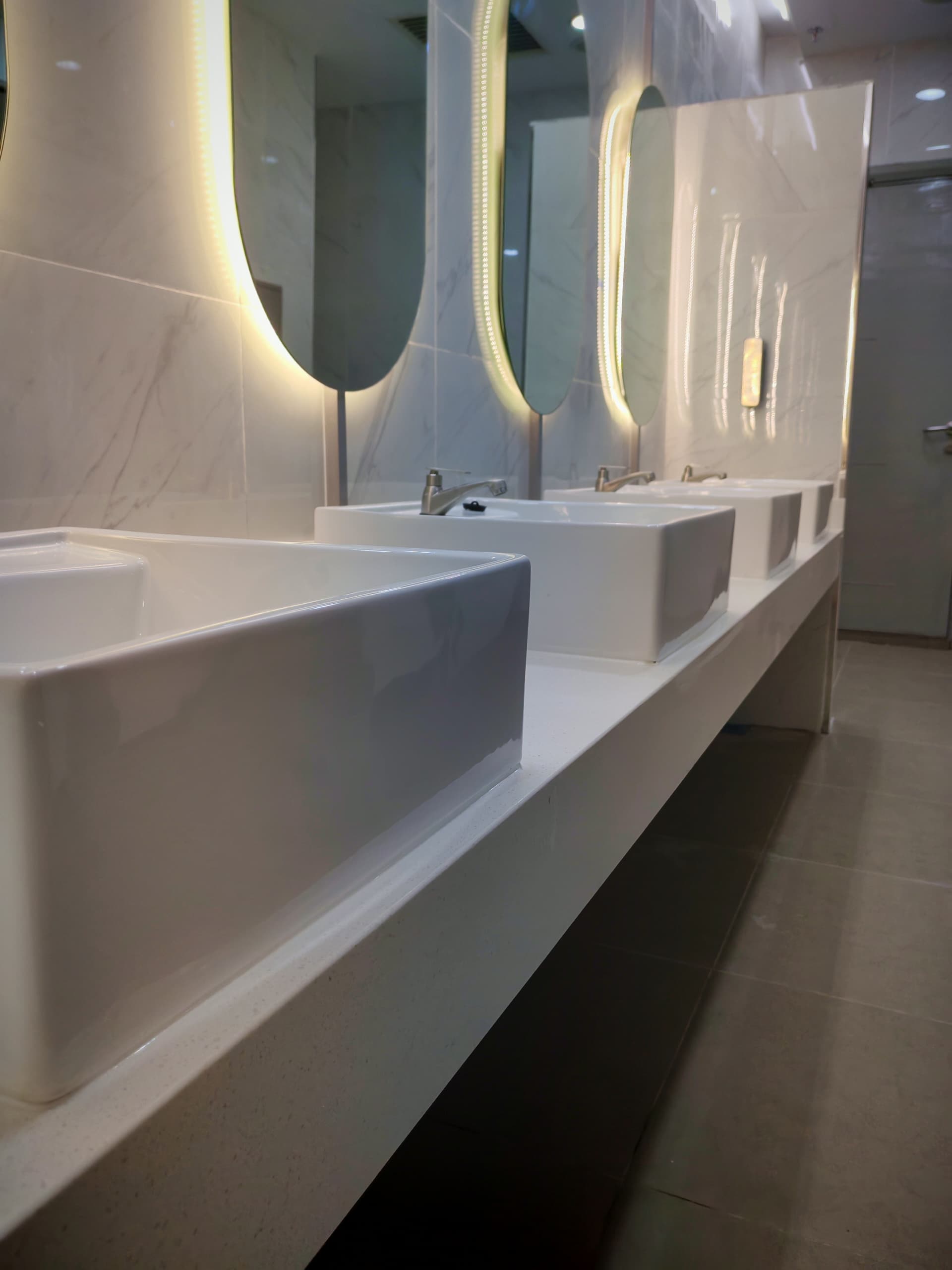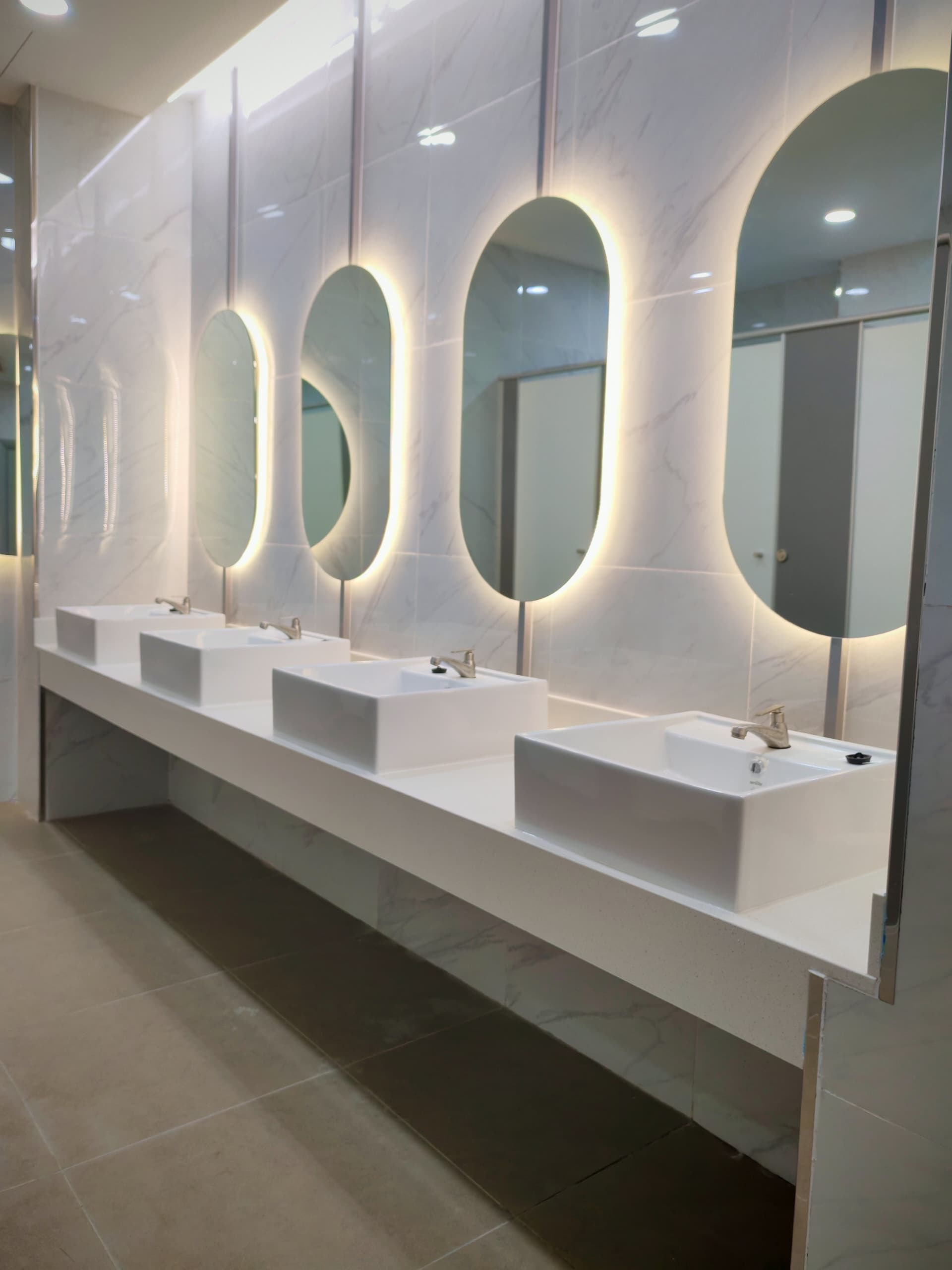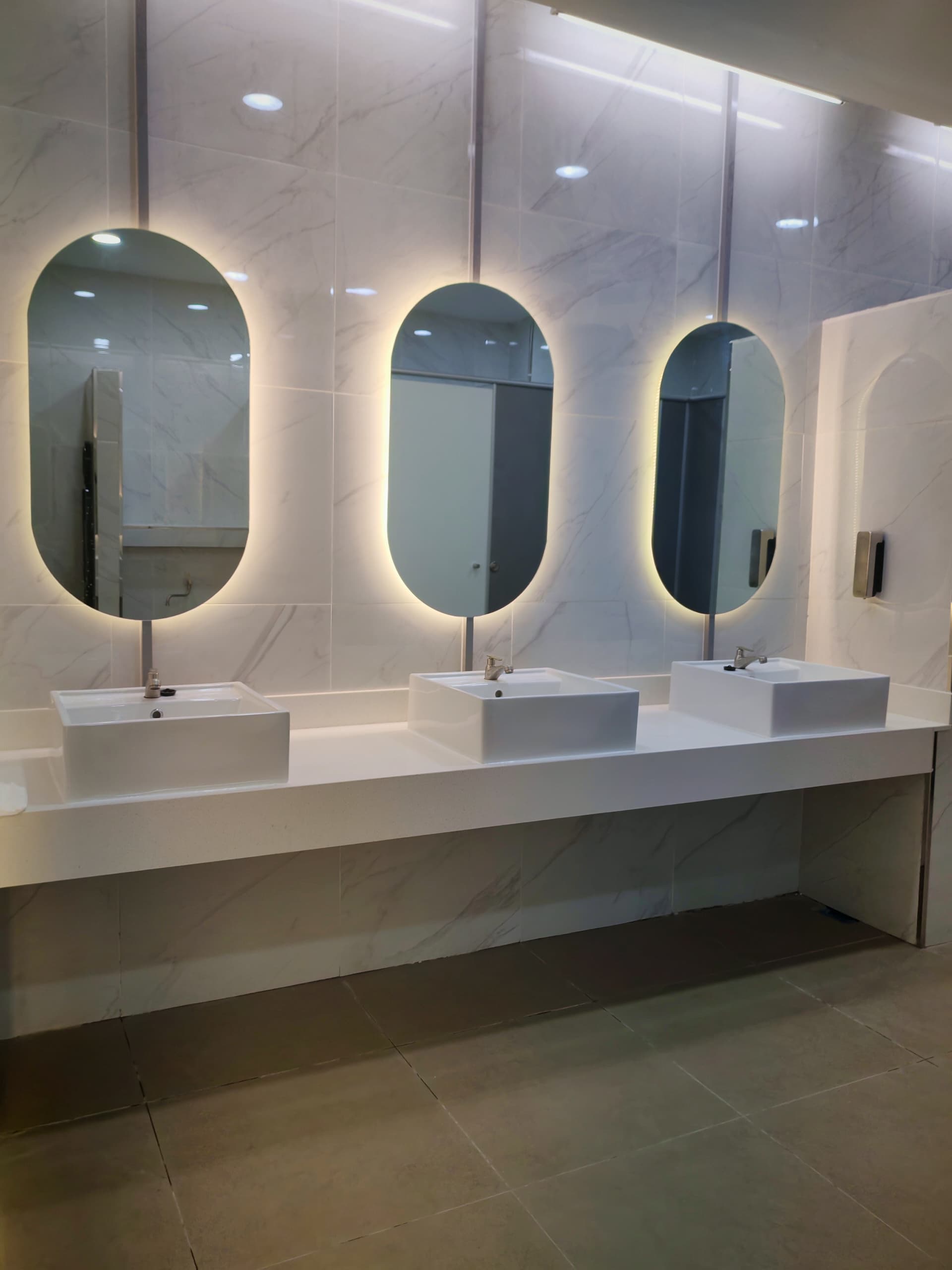When I think about the durability and longevity of products, I often find myself reflecting on the importance of investing in items that stand the test of time. In a world where fast fashion and disposable goods dominate, I have come to appreciate the value of durability. Whether it’s furniture, clothing, or technology, I want to ensure that what I purchase can withstand the rigors of daily use.
For instance, when I bought my last set of kitchen appliances, I specifically sought out brands known for their robust construction and long warranties. This decision was not just about immediate satisfaction; it was about ensuring that my investment would serve me well for years to come. Longevity is not merely a matter of physical endurance; it also encompasses the idea of timelessness.
I often consider how certain items can remain relevant and functional even as trends change. For example, I have a classic leather jacket that has aged beautifully over the years. Its durability has allowed it to maintain its appeal, while its quality craftsmanship ensures that it will last for many more seasons.
In my experience, choosing durable products often leads to a more sustainable lifestyle, as I am less likely to replace items frequently. This not only saves me money in the long run but also reduces waste, contributing positively to the environment.
Maintenance and Care
Proactive Car Maintenance
For instance, when it comes to my car, I make it a point to follow the manufacturer’s maintenance schedule diligently. Regular oil changes, tire rotations, and inspections not only keep my vehicle running smoothly but also prevent costly repairs down the line. This proactive approach has saved me both time and money, allowing me to enjoy my car without the stress of unexpected breakdowns.
Home Maintenance Essentials
In addition to mechanical items, I also pay close attention to the maintenance of my home. Simple tasks like cleaning gutters, changing air filters, and checking for leaks can make a world of difference in preserving the integrity of my living space. I have found that establishing a routine for home maintenance not only keeps everything functioning well but also gives me peace of mind.
The Long-Term Benefits of Care
By investing a little time and effort into care, I can enjoy my possessions for much longer, making them feel like a true part of my life rather than just temporary conveniences.
Aesthetics and Appearance
Aesthetics play a significant role in my decision-making process when it comes to purchasing items. I believe that the appearance of an object can greatly influence how I feel about it and how it fits into my life. For example, when I was redecorating my living room, I spent considerable time selecting furniture that not only matched my personal style but also complemented the overall ambiance of the space.
The right colors, textures, and designs can transform a room from ordinary to extraordinary, creating an environment that reflects who I am. Moreover, I have come to appreciate how aesthetics can enhance functionality. A beautifully designed kitchen gadget can inspire me to cook more often, while an elegantly crafted piece of furniture can elevate the comfort of my home.
I find that when I surround myself with aesthetically pleasing items, it positively impacts my mood and productivity. Therefore, I prioritize aesthetics in my purchases, ensuring that they not only serve a purpose but also bring joy and inspiration into my daily life.
Cost and Budget
Cost is an inevitable factor in any purchasing decision I make. While I am always on the lookout for quality products, I also need to be mindful of my budget. This balancing act requires careful consideration and sometimes even sacrifice.
For instance, when I decided to invest in a high-quality mattress, I knew it would be a significant expense upfront. However, I weighed this against the long-term benefits of better sleep and improved health. In this case, spending more initially made sense because it would ultimately save me money on potential health issues related to poor sleep.
I have also learned the importance of budgeting for unexpected expenses. Life is unpredictable, and having a financial cushion allows me to navigate unforeseen circumstances without derailing my plans. By setting aside a portion of my income for emergencies or future purchases, I can make informed decisions without feeling pressured to compromise on quality or aesthetics.
This approach has empowered me to invest in items that truly enhance my life while maintaining financial stability.
Versatility and Application
Versatility is another key consideration in my purchasing decisions. I often seek out items that can serve multiple purposes or adapt to various situations. For example, when I purchased a multi-cooker for my kitchen, I was drawn to its ability to function as a pressure cooker, slow cooker, rice cooker, and more.
This versatility not only saves space in my kitchen but also allows me to experiment with different cooking methods without needing multiple appliances. In addition to kitchen gadgets, I also look for versatile clothing pieces that can be styled in various ways. A simple black dress can be dressed up for formal occasions or dressed down for casual outings with just a change of accessories.
This adaptability not only maximizes my wardrobe but also allows me to express different facets of my personality through fashion. By prioritizing versatility in my purchases, I can make the most out of what I own while minimizing clutter.
Environmental Impact
Making Eco-Friendly Choices
When shopping for clothing, I prioritize brands that use eco-friendly materials and ethical manufacturing practices. This shift in mindset has led me to support companies that are committed to reducing their carbon footprint and promoting fair labor practices.
Reducing Waste
I also strive to reduce waste by opting for products with minimal packaging or those that are reusable rather than disposable. For example, instead of buying single-use plastic water bottles, I invested in a high-quality reusable bottle that keeps my drinks cold for hours.
Empowered to Make a Positive Impact
This small change not only benefits the environment but also encourages me to stay hydrated throughout the day. By being mindful of the environmental impact of my choices, I feel empowered to contribute positively to the planet while enjoying the products I love.
Resale Value
Resale value is an aspect that often crosses my mind when making significant purchases. While I may not plan on selling an item immediately, knowing that it retains value can influence my decision-making process. For instance, when purchasing electronics or luxury goods, I tend to research brands known for their strong resale value.
This consideration adds an extra layer of security to my investment; if circumstances change or if I simply want to upgrade later on, I know that I can recoup some of my initial expenditure. Additionally, resale value often reflects quality and desirability in the market. When I invest in items with high resale potential—such as designer handbags or classic cars—I am not just buying for myself; I’m also considering how these items will be perceived by others down the line.
This foresight allows me to make informed choices that align with both my current needs and future possibilities.
Personal Preference and Lifestyle
Ultimately, personal preference and lifestyle play a pivotal role in shaping my purchasing decisions. Each item I choose reflects who I am and how I live my life. For example, as someone who enjoys outdoor activities, I prioritize durable gear that can withstand various weather conditions while still being lightweight and easy to transport.
My love for travel influences my choices as well; versatile clothing and compact accessories are essential for making the most out of limited packing space. Moreover, my lifestyle choices often dictate how much time and effort I’m willing to invest in maintenance and care. As someone with a busy schedule, I tend to favor low-maintenance products that still deliver quality results—whether it’s skincare or household items.
By aligning my purchases with my personal preferences and lifestyle needs, I create an environment that feels authentic and supportive of who I am. In conclusion, navigating the complexities of purchasing decisions involves careful consideration of various factors such as durability, maintenance, aesthetics, cost, versatility, environmental impact, resale value, and personal lifestyle preferences. Each element plays a crucial role in shaping not only what I buy but also how those items fit into my life over time.
By being mindful of these aspects, I can make informed choices that enhance my daily experiences while contributing positively to both myself and the world around me.
If you are considering using marble or tiles for your home renovation, you may also want to explore the benefits of using quartz surfaces. Quartz surfaces, like Caesarstone Malaysia, offer a durable and low-maintenance option for countertops and other surfaces in your home. To learn more about the advantages of quartz surfaces in modern interior design, check out this article. Additionally, if you are interested in exploring other natural stone options, such as granite, for your project, you can read more about choosing the perfect granite for your project here.
FAQs
What are the differences between marble and tiles?
Marble is a natural stone, while tiles can be made from a variety of materials such as ceramic, porcelain, or natural stone.
Is marble more expensive than tiles?
In general, marble is more expensive than most types of tiles due to its natural beauty and rarity.
Which is more durable, marble or tiles?
Marble is known for its durability and can last for generations with proper care. However, certain types of tiles, such as porcelain, can also be very durable.
Which requires more maintenance, marble or tiles?
Marble requires more maintenance than most types of tiles, as it is more prone to staining and scratching. Regular sealing and cleaning are necessary to maintain its appearance.
Which is more suitable for high-traffic areas, marble or tiles?
Tiles, especially porcelain tiles, are generally more suitable for high-traffic areas due to their durability and resistance to wear and tear.
Which offers more design options, marble or tiles?
Both marble and tiles offer a wide range of design options, but tiles come in a larger variety of colors, patterns, and textures, making them more versatile for different design styles.

